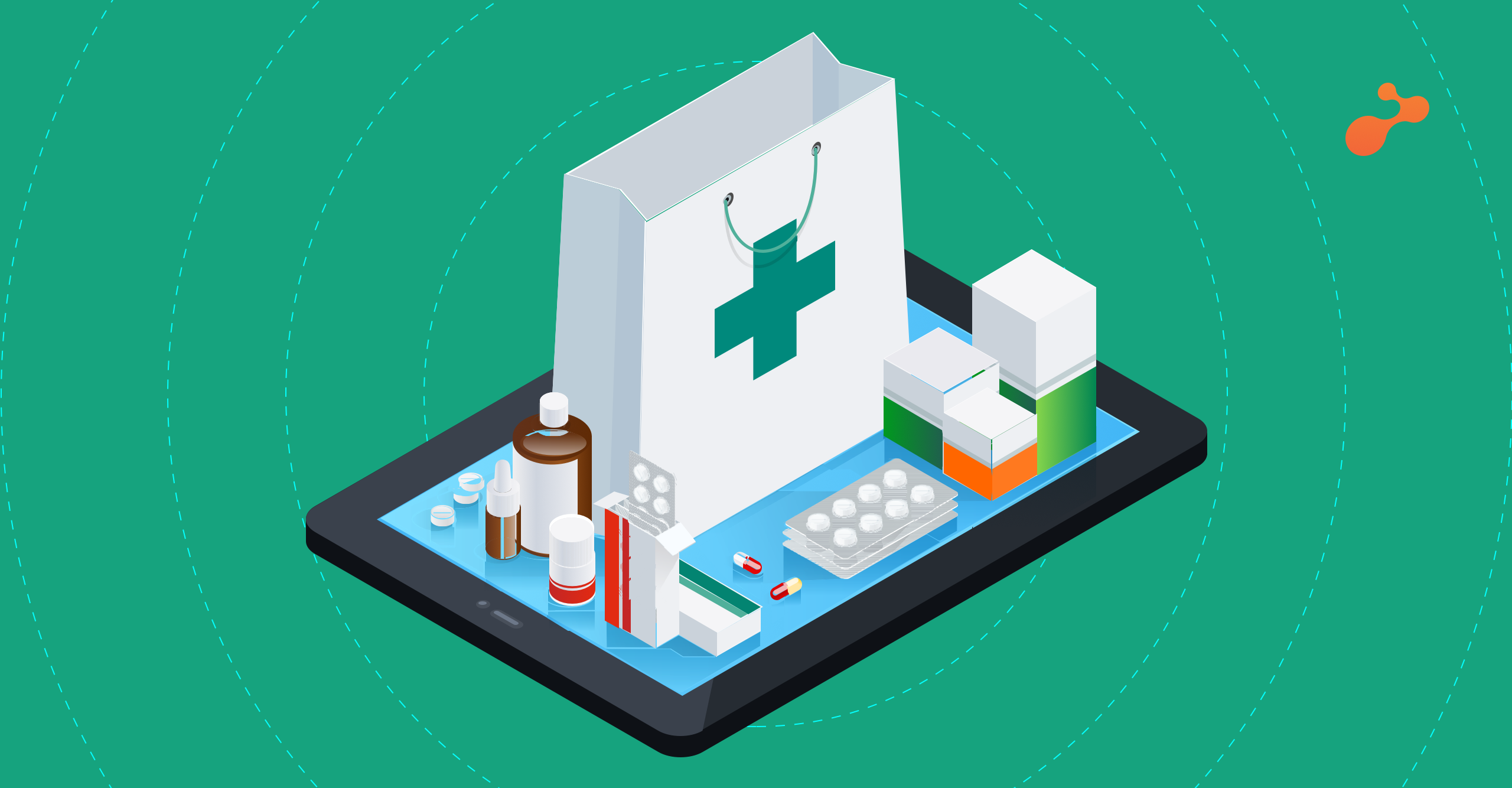With healthcare delivery expanding from clinics to homecare settings, the experience of patients is up for change. Globally whatever your delivery setting are, an effective patient engagement has been the focus of healthcare clinics in order to improve outcomes.
Following are the key components of patient engagement strategy -
- Connect with patients: Connecting patients, be it early as a preventive strategy, effectively connecting during point of care or connecting patients after discharge are important aspects of patient engagement solutions. Continual connection with patient by care professionals will lead to positive patient behaviour. Patients who are engaged are more emotionally connected and are more likely to share information and adhere to the care path.
- Collaborate with patients and beyond: Design your healthcare systems to allow patients to collaborate with you. It means sharing of patient medical history, existing treatment plan, reports and previous discharge summaries within various point of care. As we are moving ahead, patient engagement strategies are revolving around giving more authority to patients. Such patients decides who they share their information. However, it is important to provide continuum of care to such patients when they move from their Primary Care Physician (PCP) to Post Care Rehab (PCR).
- Participate: Patients when they participate in their care has shown positive outcome in their care. When I say, participate we mean making patient take informed decision or providing informed consent. When connected with technology a patient can get instant notifications of their health conditions and can get advice to see his or her Primary Care Physician (PCP). Smart health apps can setup an appointment with the PCP based on such conditions or may alert the PCP.
- Measure Patient Experience: Measure the patient experience and outcome at each stage of patient care to gain meaningful insights and take informed actions. Measuring the patient experience is a complex world where standardization plays a vital role. While different standards have evolved, they focus on capturing quantitative data. While the quantitative focus of such measurement parameters will be around capturing structured data around outcomes, engaging further with the patients leads to open ended questions and answers. From the system stand point both form of data collection will lead to formulate patterns, associations and trends.
- Monitor: Improving patient outcome is the ultimate goal for patient engagement strategies. While care settings are committed, monitoring of your patient against different health conditions will lead to capturing various data points. Analysing various such data points to fetch meaningful reports and real time alerts for critical care patients will lead to successful outcomes.
Looking at the future, my take is - While patient engagement is beyond technology; however effective patient engagement is definitely a mix of technology driven initiative guiding care setups and easing the life of everyone in that ecosystem.

.jpg)




